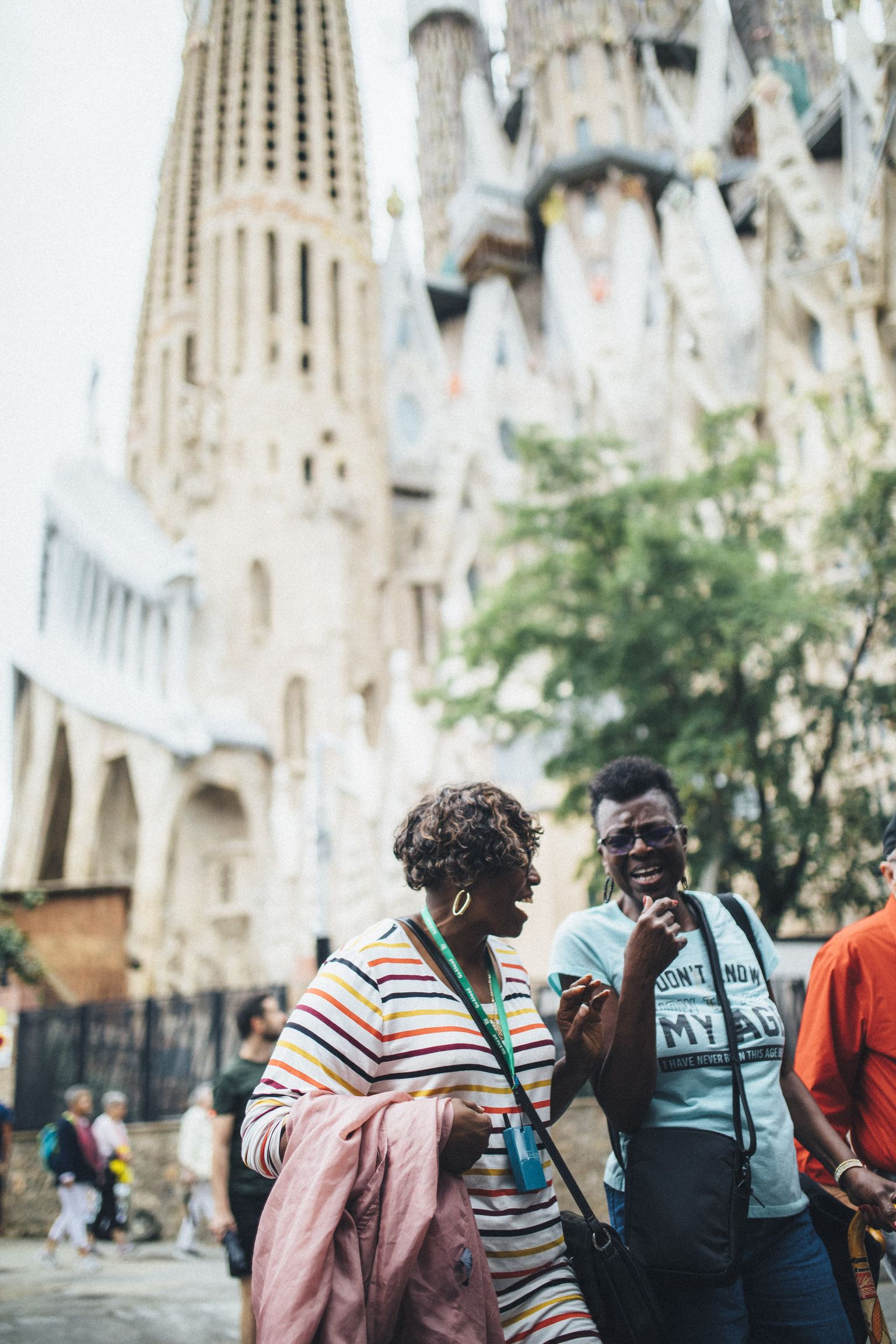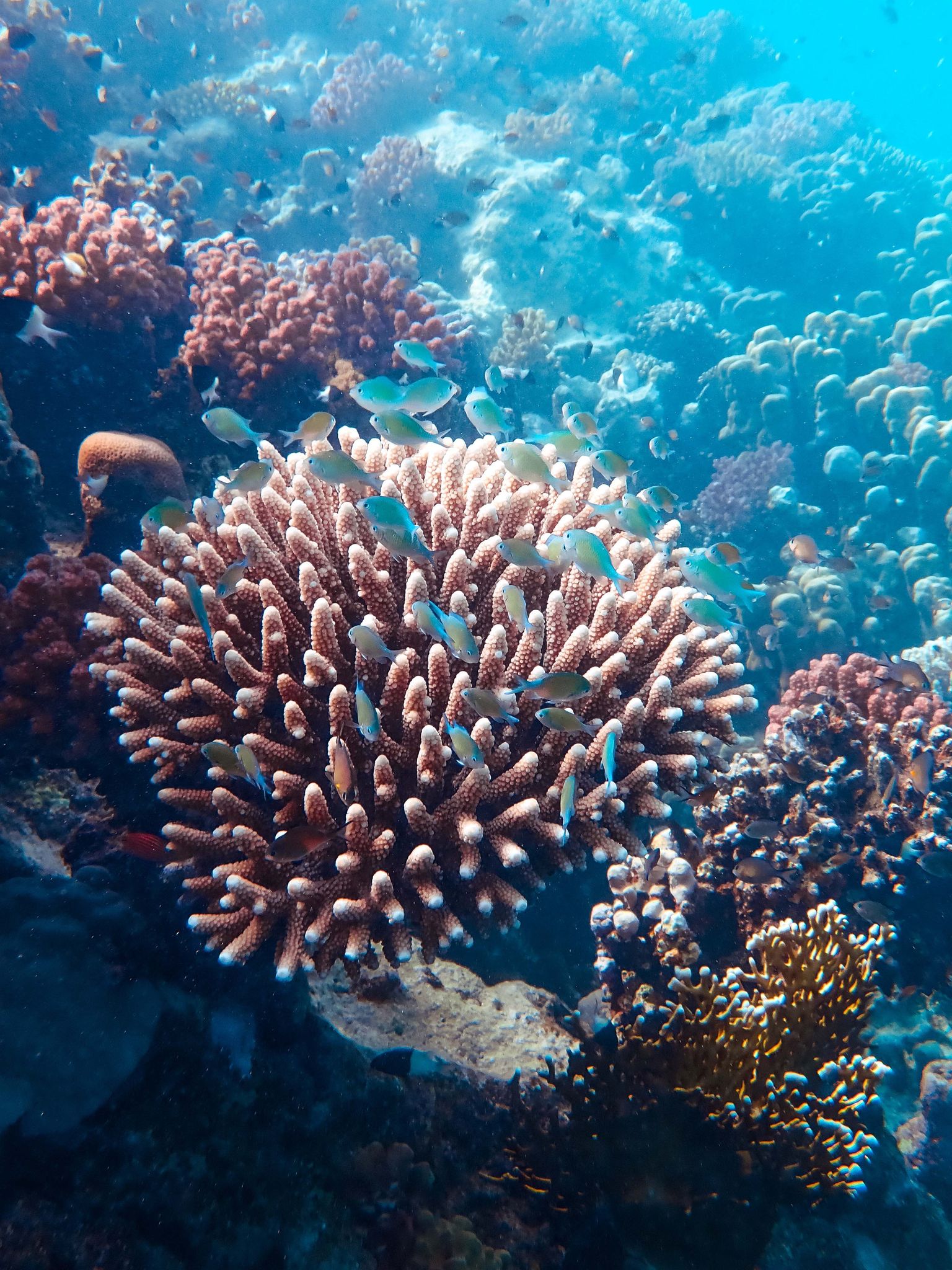Cuba tours
On our tours to Cuba, discover this Caribbean island filled with rich history, breath-taking beaches and pastel-colored colonial architecture.
Showing 1 of 1 tours
Save up to $500
Imagine the bliss of taking your dream trip this year. Picturing it? Now, claim it! Indulge your 2025 travel cravings by April 17 to save up to $500.†

Traveling with a group?
Bring 6+ friends with you, and your spot is free (including airfare)!
Learn more
Combine your Club Go credits
Earn rewards for every trip with Club Go’s automatic, free membership.
Join our loyalty program)
Already booked? Add excursions!
Add handpicked experiences and stay longer on a tour extension.
Customize your tourExperiential travel made easy
You dream it. We’ll take care of every last detail.
Pick your perfect trip
We offer 200+ immersive, guided tours around the world. Wherever you choose to go, you’ll enjoy lots of advantages that make traveling with us different.
Put just $99 down
That’s all it takes to secure a spot on one
of our group tours when you sign up for
AutoPay. Plus, you can pay in interest-free,
monthly installments.
Prep your packing list
While you’re deciding what to take, we’ll be busy arranging your hotels, meals, tickets, and more tour essentials. That’s what going guided is all about.
Go far (and get rewarded)
Take off on your big adventure— but why stop there? Every trip you book with us earns rewards that you can use to keep expanding your horizons.
Not sure which Cuba tour is right for you? We're here to help.

Chat online
Chat instantly with us during our normal hours, or leave a message and we’ll get back to you ASAP.
Schedule a call
Let us know your preferred time to chat and a travel expert will reach out.
Travel tips for Cuba trips
Cuba is rich with arts, culture, history, food, and natural scenery, and there’s far too much for travelers to fully experience in just a few days’ time. Our Cuba tours are 10 days long (or 13, if you opt for our extension to West Cuba) to give travelers plenty of time to take it all in.
Thanks to its location in the Caribbean, Cuba is warm all year round. If you’re considering vacation packages to Cuba, keep in mind the country’s wet and dry seasons.
- The dry season, which lasts from November through April and peaks in January and February, is an ideal time of year to visit Cuba. Travelers who book Cuba travel packages this time of year will enjoy pleasant weather and little rainfall.
- The rainy season lasts from May through October, with August and September typically receiving the most rain. If you plan to travel to Cuba during the wet season, be sure to bring an umbrella and weatherproof clothing.
- Regardless of the weather, Cuba hosts lively festivals throughout the year. Carnival, which comes to Havana in August, is among the country’s most colorful and festive events—and an excellent reason to consider Cuba travel packages during that month.
For many travelers, Cuba is one of the most intriguing countries in Latin America. With its preserved colonial architecture, old-fashioned cars, fascinating history, and unspoiled landscapes, it’s no wonder why. Here are several highlights travelers can experience on our Cuba escorted tours:
- Old Havana. This historic part of Havana is a UNESCO World Heritage Site and home to several of the city’s most beautiful and historically significant structures.
- Plaza Vieja. When you visit Cuba, this city square and bustling gathering spot in Old Havana is where you’ll find notable buildings, such as the 18th-century Casa del Conde de Jaruco.
- Museum of the Revolution. Housed in Havana’s former Presidential Palace, this museum details the Fidel Castro-led overthrow of former dictator Fulgencio Batista’s government.
- Guanabacoa. This neighborhood in Havana is known for its Afro-Cuban food, music, arts, and culture, as well as its namesake museum.
- Finca Vigía. Literature buffs who visit Cuba won’t want to miss seeing this former residence of Ernest Hemingway in Havana, where he wrote some of his most famous works.
- Castillo de los Tres Reyes del Morro. This clifftop fortress, complete with a lighthouse, was built in the 16th and 17th centuries to protect Havana’s harbor from pirates and foreign invaders.
- Hotel Nacional de Cuba. This hotel in Havana is considered a symbol of Cuban history, culture, and identity. Travelers on our Cuba tours can explore historical objects displayed throughout the hotel, and enjoy a mojito, Cuba’s signature drink.
- Che Guevara Mausoleum. Situated in Santa Clara, this memorial houses the remains of the famed revolutionary fighter Che Guevara. At the site, travelers will also find a statue of Guevara, and a museum that chronicles his life.
- Bay of Pigs. With support from the U.S. government, in April 1961 Cuban exiles attempted—and failed—to invade Cuba via this turquoise bay on the country’s southwest coast. The site’s historical significance makes it a popular spot for history buffs on Cuba educational tours.
- Cayo Levisa. If you want to enjoy nature when you travel to Cuba, you won’t want to miss this island off Cuba’s northern coast. It’s accessible via ferry and is home to coral reefs, mangrove forests, birds, and marine life.
- Trinidad. Cobblestone streets and beautifully restored buildings make the town of Trinidad, a UNESCO World Heritage Site, a must-visit for travelers on our organized trips to Cuba.
- Sancti Spíritus. Founded in the 16th century, this city is the oldest in interior Cuba and charms travelers on Cuba vacations with its colorful architecture and narrow streets.
- Viñales. This culturally rich area, situated near the western end of Cuba and surrounded by mountains, is a hub of agricultural production—particularly tobacco.
Check out some of staffer Ashley’s favorite ways to soak up culture in Cuba →
- Lightweight clothing. Cuba is in the Caribbean and stays warm all year round. Keep cool and comfortable in lightweight clothing made from materials such as linen.
- Sun protection. The sun can be quite strong in Cuba. We recommend that travelers going on our trips to Cuba pack brimmed hats, sunglasses, and sunscreen, as well as clothing and accessories that can shield bare skin from the sun’s rays.
- A light rain jacket. We suggest that travelers on tours of Cuba, especially those who depart during the wet season, bring a lightweight rain jacket or small umbrella.
- A camera. Cuba is unique for many reasons, including the fact that it’s filled with well-preserved buildings and cars that give the island country its famously vintage atmosphere. If you plan to travel on one of our tours to Cuba, pack your camera so you don’t miss a single shot.
- Cash. American credit and debit cards aren’t accepted or usable in Cuba, so be sure to bring cash that you can spend or convert to the local currency.
- Sturdy walking shoes or sneakers. Good shoes will help you navigate cobblestone streets, farms, and a variety of other surfaces with ease.
- A bathing suit. Travelers who join our trips to Cuba can snorkel at the Bay of Pigs and Cayo Levisa.
- Mosquito repellent. Mosquitoes thrive in Cuba’s warm, humid climate. If you book one of our Cuba packages, be sure to bring repellent that will keep them away.
- Washcloths. Most hotels in Cuba do not provide them.
- Hand sanitizer. Handwashing facilities aren’t always readily available in Cuba. Bring some hand sanitizer just in case.
Spanish, African, and Caribbean flavors play an important part in traditional Cuban dishes. Common foods often include pork, chicken, yucca, plantains, beans, and rice. Cuban coffee is also popular and is known for being strongly brewed. Travelers who book Cuba vacation packages can try these signature dishes on tour:
- Ropa vieja. This hearty stew, made with shredded beef, tomato sauce, onions, and peppers, and served with rice, is the national dish of Cuba.
- Medianoche. Similar to the popular Cuban sandwich, this one is filled with ingredients such as shredded pork, pickles, and mustard, but it’s served on an egg-based bread. Its name translates to midnight in Spanish—perhaps a nod to its popularity as a late-night snack among partygoers.
- Vaca frita. To make this dish, whose name translates to “fried beef,” meat is boiled until soft, then shredded, marinated in garlic, lime juice, and salt, and pan-fried for a crispy finish. It’s often served with rice.
- Picadillo. The Cuban take on this popular Latin comfort food is made with ground beef, vegetables, and seasonings. Other flavorful ingredients vary by region and can include raisins, olives, and capers. Like many other dishes you’re likely to try on our tours in Cuba, it’s often served with rice.
- Plátanos maduros. Ripe, fried plantains are a beloved side dish and snack in Cuba.
- For Americans, visiting Cuba is a complex process. Our guided tours make it easy, not just because we plan your itinerary from start to finish, but we also help with all of the necessary entry requirements, such as visas. Ease of travel is just one of four reasons to take a guided tour of Cuba.
- Two currencies are used in Cuba. The first is the Cuban Peso, which is used primarily by the locals for basic, staple products. The second is the Cuban Convertible Peso (CUC), mostly used by tourists. The currency you will be using for your tour is the CUC.
- Visitors who book Cuba travel packages from USA gateways land in Havana, the country’s historic capital city. In Cuba, you can exchange American or Canadian dollars for CUC at the Havana airport, as well as hotels, exchange bureaus, and in some banks. Currently, there is a 13%–15% surcharge fee for exchanging USD or CAD to CUC.
- When exchanging currency, your passport will be required at the time of the transaction. It is also important to note that most places will not accept torn or marked bills when converting to CUC.
- Credit cards, debit cards, and ATM cards issued by U.S. banks are currently unusable in Cuba. As such, purchases and payments for services must be made in local currency. You should plan on bringing enough cash with you for meals that are not included and anything else you may wish to purchase.
- Although some small businesses and taxi drivers will accept American dollars, paying in CUC is strongly encouraged. Canadian dollars are widely accepted.
- Our advice for travelers who book vacation packages to Cuba: Come with an open mind and a willingness to step out of your comfort zone. Cuba’s people are warm and outgoing, and they can provide unique insight into a country that remains somewhat of a mystery to many travelers. Don’t be afraid to engage with locals, whether that means chatting about their country’s complex history, or even taking a spin on the dance floor with them during a salsa lesson.

